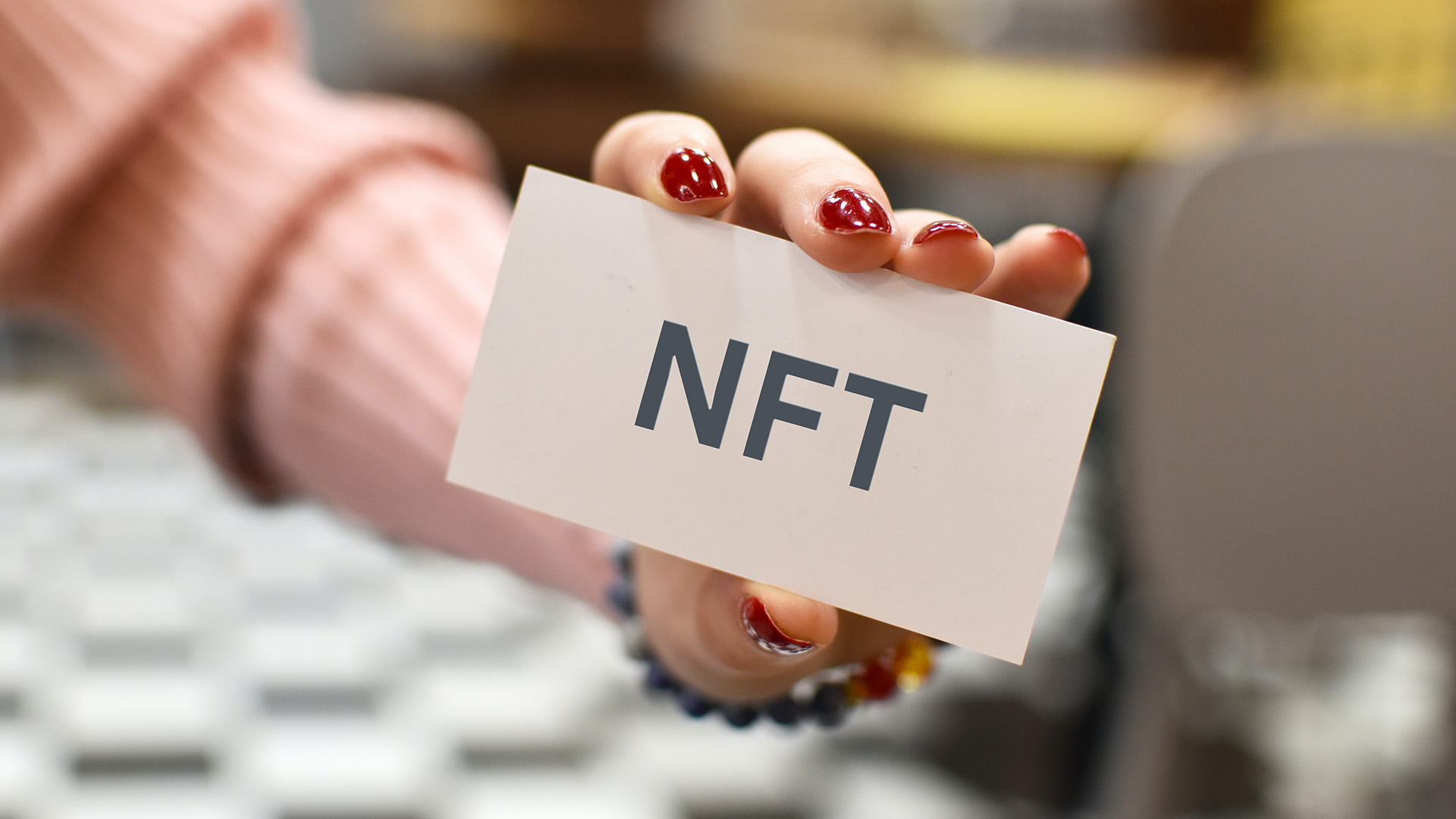 Even though 2015 isn’t an Olympic Games or (men’s) FIFA World Cup year, there are a number of premier international sporting events and competitions taking place—from the ICC Cricket World Cup in Australia and New Zealand in February and March, the UEFA Champions League Final in Germany in June, the Pan Am Games in Toronto in July, the FIFA Women’s World Cup in Canada in June and July and the Rugby World Cup in September and October in England.
Even though 2015 isn’t an Olympic Games or (men’s) FIFA World Cup year, there are a number of premier international sporting events and competitions taking place—from the ICC Cricket World Cup in Australia and New Zealand in February and March, the UEFA Champions League Final in Germany in June, the Pan Am Games in Toronto in July, the FIFA Women’s World Cup in Canada in June and July and the Rugby World Cup in September and October in England.
These events will draw tens of millions of consumer eyeballs and hundreds of millions of dollars in broadcaster and sponsor revenues.
Below are ten trends or developments in the sports marketing and PR industry that will be important to keep in mind for any brands interested in leveraging these platforms – and others – in the future…
1. Media landscape fractures further
Fans are consuming news, information and content across myriad channels and multiple platforms (broadcast, tablet, mobile). It is not out of the question to wonder if we could see social networks (or platforms such as Netflix or Amazon Prime) eventually acquiring exclusive broadcast rights for live sporting events. This presents more opportunities to brands that are trying to target fans, whether one wants to go broad or be very surgical. At the same time more options can create challenges/confusion at a tactical level when it comes to media buys and promotional executions.
2. Increased focus on second screen experience
Broadcasting rights holders have committed that their major focus will be trying to “own” the second screen viewing experience. It’s no longer enough to assume fans are watching the sport live on TV. They want and need deeper engagement, including activations that add to their viewing experience (e.g. data/stats, opportunities to engage and comment). It’s important to note that second screen is not envisioned to replace live sport, but rather support it. As a result, it will be a key area for brands to play. How can your clients add value to the fans viewing experience without detracting from their enjoyment of the main event?
3. In-venue v. At home experience
There’s nothing better than the in-stadium experience, but the cost of attending an event continues to escalate, while the in-home experience continues to get better. So, what are the reasons to sit in traffic, fight the crowds, pay exorbitant prices for concessions, etc. when you can enjoy a game in the comfort of your home, surrounded by all the information that technology can bring which ultimately results in an enhanced, more immersive engagement with the sport? This quandary is literally keeping sports properties up a night, as they strive to keep the turnstiles spinning and demonstrate value to their fans.
4. Content becomes “table stakes”
Dynamic, relevant brand-generated content used to be a differentiator in the marketplace. As more entities, from sponsors to media outlets to properties, get into the content game it will be more and more challenging to standout. Just including sports stars in branded content isn’t enough – e.g. McDonald’s success in the 2014 FIFA World Cup featuring real people vs. Samsung star-studded line up in their content. You need to make a splash with creative ideas to grab people’s attention, imagination – and wallets.
5. Gamification
Sports properties and sponsors realize that engaged fans are more loyal fans, and rewarding them for their loyalty – for everything from clicking, watching or sharing – can result in the active, invested fans/consumers they desire. As a result, “fan loyalty 2.0” programs will become more prevalent.
6. Engaging Female Fans
The previous strategy for engaging female fans was to “shrink it and pink it”. However, we’re seeing more focus by leagues, teams and sponsors in deploying strategic and smart campaigns to tap the buying power of this incredibly significant audience. Sports sponsorship activations, whilst traditionally male focused, can also have a huge impact on female audiences while not alienating male fans in the process. The targeting of the female sports fan will peak in 2015 with the latest edition of the world’s premier women’s sporting event: the FIFA Women’s World Cup.
7. Sponsorship: A la carte → Custom created
Brands aren’t interested in just cookie cutter assets like signage and tickets. In today’s competitive marketplace, customization and activation is key; whether it’s a new proprietary branded program or the joint creation of “non-traditional” assets that help a brand sell more of their stuff.
8. Convergence of Fantasy & Gambling
The rise of one-day fantasy competitions have unmasked the gambling aspect of fantasy sports. Thus far, leagues and teams have been accepting, to the point of the NBA even taking equity in FanDuel and numerous teams agreeing to sponsorship relationships with some of the leading sites such as DraftKings.com. With a need for creativity and different activations that delicately dance around gambling legalities, these brands present great opportunities for us markets to provide both creative insights and communications practitioners to offer counsel on issues & crisis.
9. Emergence of next global property
From a very US-perspective, what is the next emerging global sports property? Is it rugby, as many suspect? Something else? Internationally, U.S sports going global continues to progress, from the NFL in the UK to the NBA across Europe. As a result, brands that sponsor US-based leagues and teams are going to need to consider strategies for their sponsorships when these properties enter new and emerging markets.
10. Ramp up to Rio 2016
“One year Out” to Rio is August 5th. Expect the momentum to start for the Rio Olympic Games in 2015, with media partners and sponsors starting to roll out their campaigns.



